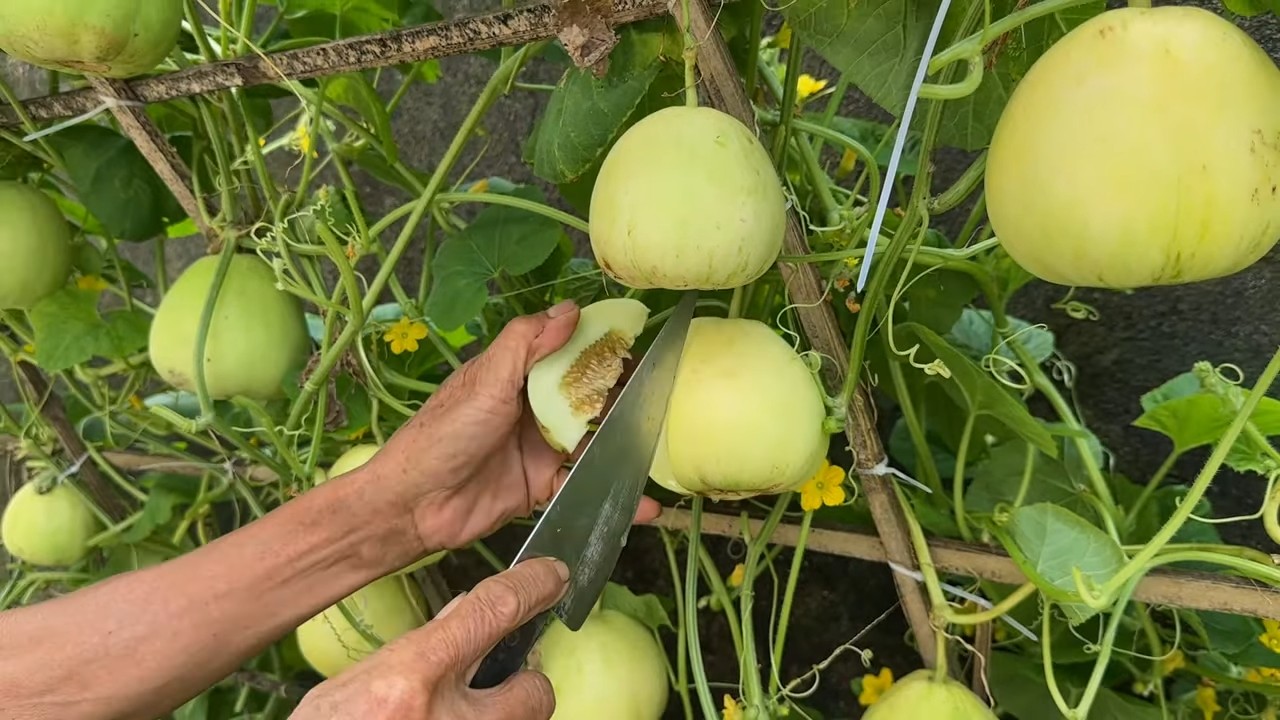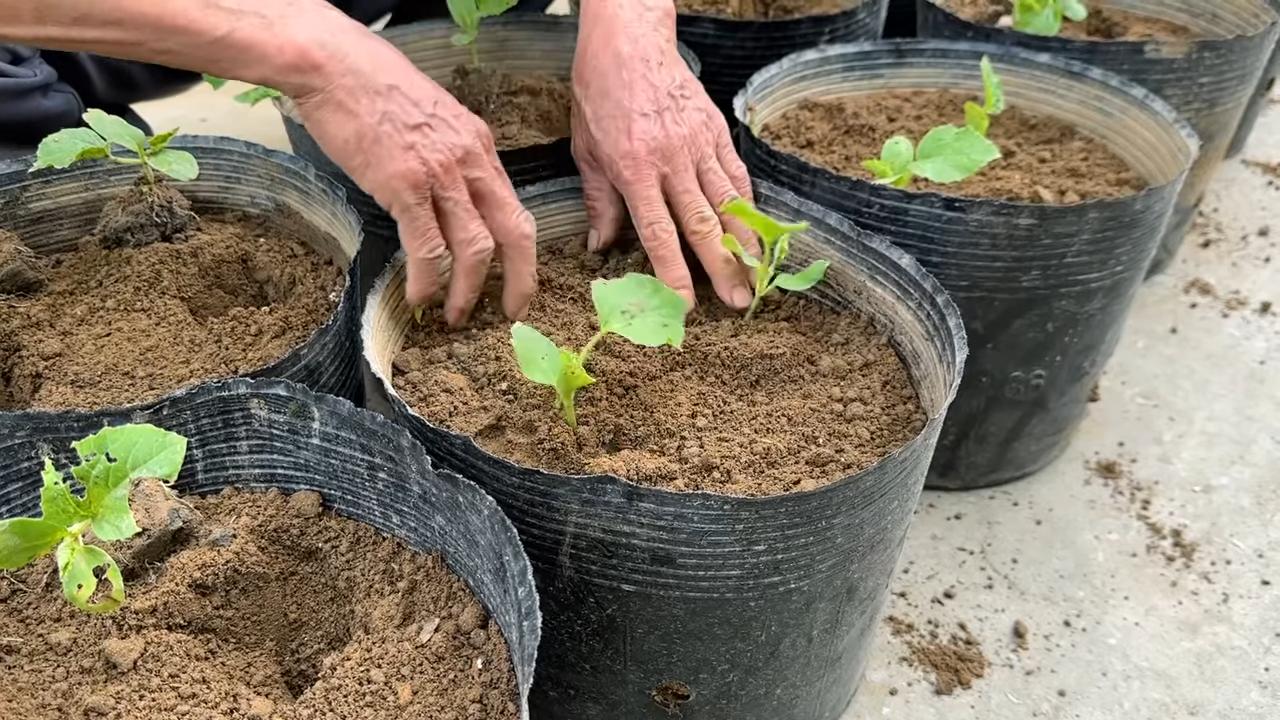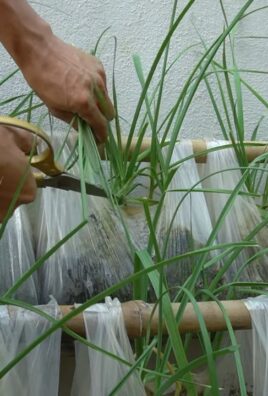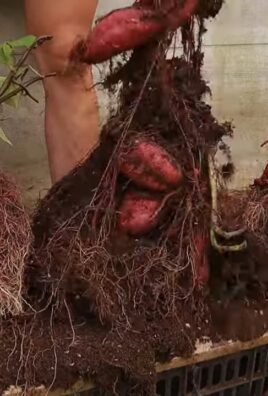Unusual melon bumper harvest dreams can become a reality, even if you think your green thumb is more of a brown thumb! Have you ever imagined biting into a juicy, homegrown melon so sweet it rivals anything you’ve ever bought at the store? I know I have! And let me tell you, it’s an achievable goal, especially with a few clever DIY tricks up your sleeve.
Melons, symbols of summer abundance and sweet refreshment, have been cultivated for thousands of years. From ancient Egypt, where they were depicted in tomb paintings, to the vibrant markets of Asia, melons have always held a special place in our culinary history. But getting a truly impressive, or even an unusual melon bumper harvest, can sometimes feel like a gamble.
That’s where this guide comes in! We’re diving deep into simple, yet effective, DIY hacks that can dramatically improve your melon yield. Why do you need these tricks? Because store-bought melons often lack the flavor and freshness of homegrown varieties. Plus, gardening is incredibly rewarding! Imagine the satisfaction of serving a melon you nurtured from seed to table. So, get ready to unlock the secrets to a bountiful melon patch and impress your friends and family with your gardening prowess. Let’s get started!

Turn Your Melon Glut into Delicious Delicacies: DIY Recipes and Preservation Tips
Hey guys! This year, I have a melon harvest that is simply incredible! I don’t know what I did right, but I am literally swimming in watermelons, honeydews, and cantaloupes. Instead of watching them go bad, I’ve decided to get creative and share my DIY adventures with you. Together, we’re going to make melon jam, pickle melons, and even make melon fruit leather. Let’s turn this melon glut into delicious delicacies!
Melon Jam: Sweet Summer Memories in a Jar
Melon jam is a fantastic way to capture the taste of summer and enjoy it all year round. It’s surprisingly easy to make and tastes heavenly on toast, crackers, or even as a glaze for grilled meat.
What you need:
- Ripe melon (watermelon, honeydew, or cantaloupe, or a mixture)
- Sugar (the ratio of melon to sugar depends on the sweetness of the melon, start with 2:1)
- Lemon juice (for acidity and pectin activation)
- Pectin (optional, for a firmer consistency)
- Canning jars with lids and rings (sterilized)
- A large pot
- A wooden spoon
- A skimmer
- A canning funnel (optional, but helpful)
Step-by-step instructions:
- Prepare the melon: First, you need to peel, seed, and cut the melon into small cubes. I prefer cubes of about 1 cm in size, but that’s a matter of taste. The smaller the cubes, the faster the jam will cook. Weigh the diced melon to determine the correct ratio of melon to sugar.
- Mix melon and sugar: Put the diced melon into the large pot and add the sugar. I usually start with a 2:1 ratio (melon:sugar), but it really depends on the sweetness of your melon. If your melon is very sweet, you can use a little less sugar. Stir everything well so that the sugar is evenly distributed.
- Let it sit: Let the melon and sugar sit for at least 30 minutes, or even better, for a few hours. This draws juice out of the melon and dissolves the sugar. This helps prevent scorching and ensures a more even consistency for the jam.
- Add lemon juice: Add the lemon juice. The lemon juice not only helps to balance the sweetness but also activates the natural pectin in the melon. If you want a firmer jam, you can add additional pectin (follow the instructions on the pectin package).
- Cook: Bring the melon-sugar mixture to a boil over medium heat. Stir regularly to prevent scorching. Once the mixture is boiling, reduce the heat slightly and let it simmer.
- Simmer and reduce: Let the jam simmer until it thickens. This can take anywhere from 30 minutes to an hour, depending on the water content of the melon. Stir regularly, especially towards the end of the cooking time, as the jam is more likely to burn then. To test if the jam is ready, you can put a small spoonful on a cold plate. If the jam cools and thickens, it’s done.
- Skim off the foam: During cooking, foam will form on the surface. Skim this off with a skimmer to get a clear jam.
- Jarring: Fill the hot jam into the sterilized canning jars, leaving about 1 cm (about half an inch) of headspace at the top of the jar. Wipe the rim of the jar clean before putting on the lid and tightening the ring.
- Processing (optional): For longer shelf life, you can process the filled jars in a water bath. Place the jars in a large pot of boiling water so that they are completely covered. Boil them for 10 minutes (for smaller jars) to 15 minutes (for larger jars). Carefully remove the jars from the water bath and let them cool on a towel. You should hear a “pop” sound as the lids vacuum seal.
- Cool and store: Let the jars cool completely before storing them. Check that the lids are properly sealed by pressing on the center of the lid. If it doesn’t move, the jar is properly sealed. Store the jam in a cool, dark place.
Pickled Melon: A Sweet and Sour Delight
Pickled melon might sound unusual at first, but believe me, it’s a real treat! The sweet and sour combination is surprisingly refreshing and goes wonderfully with cheese, cold cuts, or simply as a side dish for a barbecue.
What you need:
- Firm melon (watermelon or honeydew, the rind can also be used)
- Vinegar (white wine vinegar or apple cider vinegar)
- Sugar
- Water
- Spices (mustard seeds, peppercorns, cloves, cinnamon stick, bay leaf)
- Canning jars with lids and rings (sterilized)
- A pot
- A wooden spoon
Step-by-step instructions:
Cool and store: Let the jars cool completely before storing them. Check that the lids are properly sealed by pressing on the center of the lid. If it doesn’t move, the jar is properly sealed.
Prepare the melon: Peel the melon (if you don’t want to use the rind) and cut it into bite-sized pieces. If you want to use the rind, remove the red flesh and cut the rind into pieces.
Prepare the brine: In a pot, mix the vinegar, sugar, water, and spices. The ratio of vinegar to sugar depends on your taste. I usually start with a 1:1 ratio, but it can be adjusted as needed. Bring the brine to a boil, stirring until the sugar has dissolved.
Blanch the melon (optional): For a crispier texture, you can briefly blanch the melon pieces. Put the melon pieces in boiling water and let them cook for 1-2 minutes. Then drain them and shock them with cold water.
Jar the melon: Put the melon pieces into the sterilized canning jars. Pour the hot brine over the melon pieces so that they are completely covered. Leave about 1 cm (about half an inch) of headspace at the top of the jar.
Remove air bubbles: Gently tap the jars on the countertop to remove any air bubbles.
Seal the jars: Wipe the rim of the jar clean before putting on the lid and tightening the ring.
Processing (optional): For a longer shelf life, you can process the filled jars in a water bath. Place the jars in a large pot of boiling water so that they are completely covered. Boil them for 10 minutes (for smaller jars) to 15 minutes (for larger jars). Carefully remove the jars from the water bath and let them cool on a towel. You should hear a “pop” sound as the lids vacuum seal.

Conclusion
So, there you have it! Transforming your unexpected melon bumper harvest into a delightful array of homemade treats and useful products is not only incredibly satisfying but also a fantastic way to minimize waste and maximize the bounty of your garden. We’ve explored several exciting avenues, from crafting refreshing melon rind pickles and vibrant melon jam to creating soothing melon-infused skincare products and even a natural fertilizer for your garden.
Why is this DIY approach a must-try? Because it’s resourceful, economical, and allows you to truly appreciate the fruits (or rather, melons!) of your labor. Instead of letting those extra melons languish and potentially spoil, you’re actively engaging in a sustainable practice that benefits both your wallet and the environment. Plus, the unique flavors and textures you can achieve through these homemade creations are simply unmatched by store-bought alternatives. Imagine the pride you’ll feel serving a homemade melon jam at your next brunch or gifting a jar of your signature melon rind pickles to a friend.
Don’t be afraid to experiment and put your own spin on these recipes. For the melon rind pickles, try adding different spices like mustard seeds, turmeric, or even a touch of chili flakes for a spicy kick. When making melon jam, consider incorporating other fruits like peaches or plums for a more complex flavor profile. And for the skincare products, explore different essential oils to tailor the scent and benefits to your specific needs. A few drops of lavender oil in your melon-infused toner can promote relaxation, while tea tree oil can help combat blemishes.
The possibilities are truly endless when you embrace the spirit of DIY and get creative with your melon bumper harvest. We encourage you to dive in, try these recipes, and discover the hidden potential of your melons. Remember, even the seemingly unusable parts, like the rind and seeds, can be transformed into valuable resources.
We are confident that you will find these projects rewarding and enjoyable. The key is to start small, follow the instructions carefully, and most importantly, have fun! Don’t be discouraged if your first attempt isn’t perfect. Every batch is a learning opportunity, and with a little practice, you’ll be crafting delicious and useful melon-based products like a pro.
We are eager to hear about your experiences! Share your creations, variations, and any tips or tricks you discover along the way in the comments section below. Let’s build a community of resourceful gardeners and DIY enthusiasts who are passionate about making the most of their melon bumper harvest. Show us your melon rind pickles, your homemade melon jam, and your glowing melon-infused skin! We can’t wait to see what you come up with. So, grab your melons, gather your ingredients, and get ready to embark on a delicious and rewarding DIY adventure. Happy crafting!
Frequently Asked Questions (FAQ)
What types of melons work best for these DIY projects?
While many of these recipes can be adapted to different types of melons, some varieties are better suited than others. Watermelons, with their thick rinds and juicy flesh, are excellent for making pickles and jams. Cantaloupes and honeydews, with their sweeter flavor profiles, are ideal for jams and skincare products. However, don’t be afraid to experiment with other melon varieties to see what works best for you. The key is to adjust the sweetness and acidity levels in the recipes accordingly. For example, if you’re using a less sweet melon, you may need to add a bit more sugar to your jam.
How long can I store homemade melon jam and pickles?
Properly canned melon jam and pickles can be stored in a cool, dark place for up to a year. However, once opened, they should be refrigerated and consumed within a few weeks. It’s crucial to follow proper canning procedures to ensure the safety and longevity of your homemade preserves. This includes using sterilized jars and lids, processing the jars in a boiling water bath for the recommended time, and checking for a proper seal after processing. If the lid doesn’t seal properly, the product should be refrigerated and consumed within a few days.
Can I freeze melon jam?
Yes, you can freeze melon jam. However, the texture may change slightly after thawing. To freeze melon jam, allow it to cool completely after cooking, then transfer it to freezer-safe containers, leaving some headspace for expansion. Label the containers with the date and contents, and freeze for up to six months. When ready to use, thaw the jam in the refrigerator overnight.
Are there any safety precautions I should take when working with melon rinds?
Yes, it’s important to wash melon rinds thoroughly before using them in any recipe. This will help remove any dirt, pesticides, or bacteria that may be present on the surface. You should also use a clean knife and cutting board to prevent cross-contamination. When making pickles, be sure to use food-grade vinegar and follow the recipe instructions carefully to ensure proper acidity levels.
Can I use melon seeds for anything?
Absolutely! Melon seeds are a nutritional powerhouse and can be roasted and eaten as a healthy snack. Simply rinse the seeds, pat them dry, toss them with a little oil and salt, and roast them in a preheated oven at 350°F (175°C) for 10-15 minutes, or until golden brown and crispy. You can also grind melon seeds into a powder and use it as a thickening agent in soups and sauces or add it to smoothies for a boost of protein and nutrients. Melon seeds can also be used as a natural fertilizer for your garden.
What are the benefits of using melon in skincare products?
Melons are rich in vitamins, minerals, and antioxidants, which can benefit the skin in several ways. They can help hydrate the skin, reduce inflammation, and protect against free radical damage. Melon juice can also be used as a natural toner to brighten the complexion and even out skin tone. However, it’s important to do a patch test before using any homemade skincare product to ensure that you’re not allergic to any of the ingredients.
How can I tell if a melon is ripe?
The best way to tell if a melon is ripe depends on the type of melon. For watermelons, look for a dull, rather than shiny, rind and a yellow spot on the underside where it rested on the ground. When you thump it, it should sound hollow. For cantaloupes, look for a fragrant aroma and a stem end that yields slightly to pressure. For honeydews, look for a creamy yellow color and a slightly waxy feel.
Can I compost melon rinds and seeds?
Yes, melon rinds and seeds are excellent additions to your compost pile. They are rich in nutrients and will break down quickly, adding valuable organic matter to your compost. However, it’s important to chop the rinds into smaller pieces to speed up the decomposition process.
What if I don’t have a melon bumper harvest? Can I still try these recipes?
Of course! While these recipes are designed to help you make the most of a large melon harvest, you can easily scale them down to use just one or two melons. Simply adjust the ingredient quantities accordingly. You can also purchase melons from your local farmers market or grocery store to try these recipes.
Where can I find more information about canning and preserving food?
There are many excellent resources available online and in libraries that can provide you with detailed information about canning and preserving food. Some reputable sources include the National Center for Home Food Preservation, the USDA Complete Guide to Home Canning, and your local extension office. Always follow safe canning practices to ensure the safety and quality of your homemade preserves.




Leave a Comment